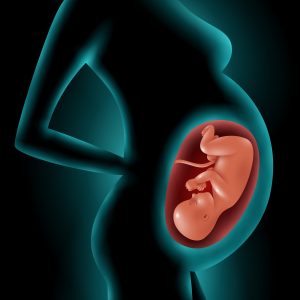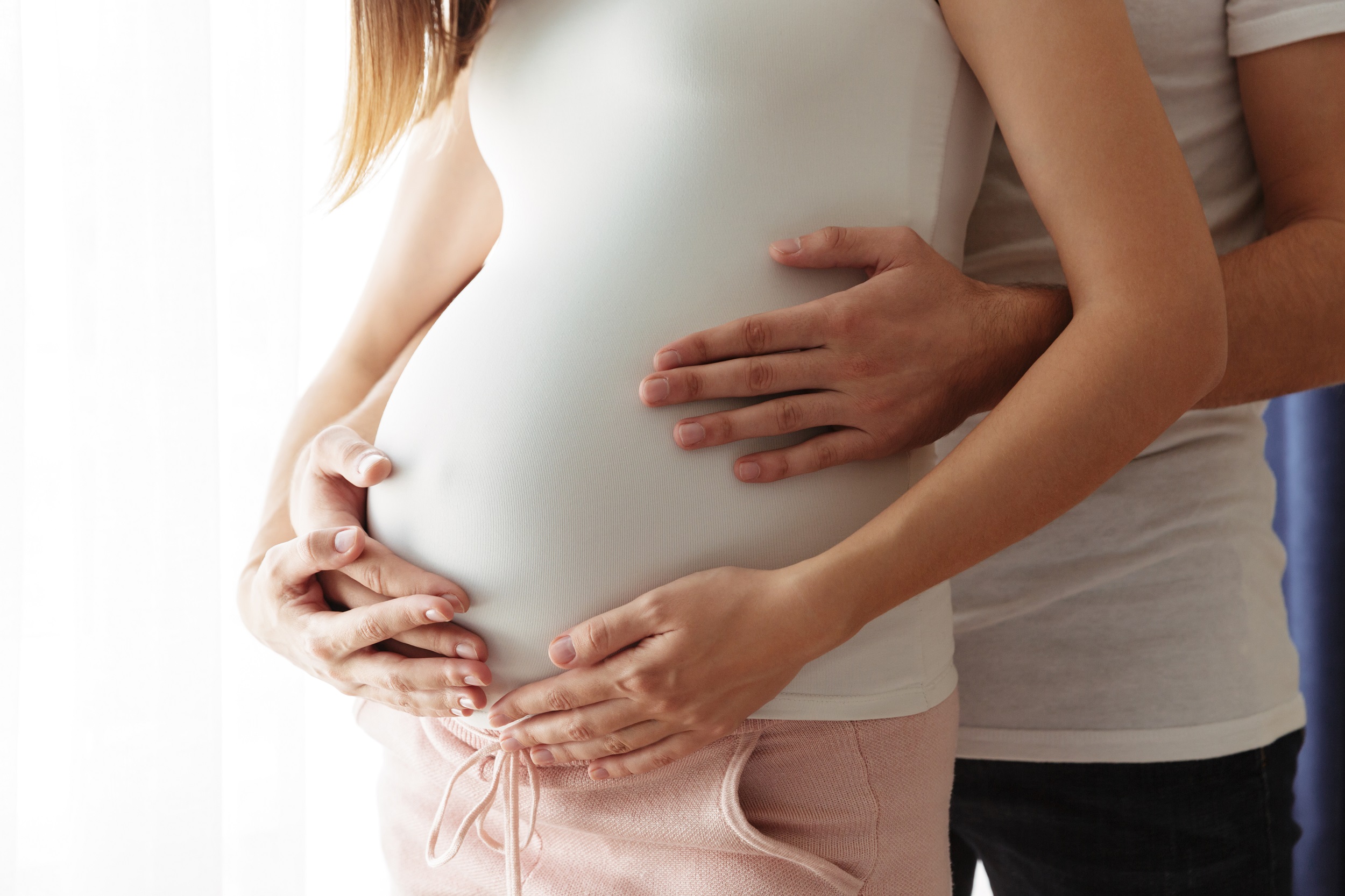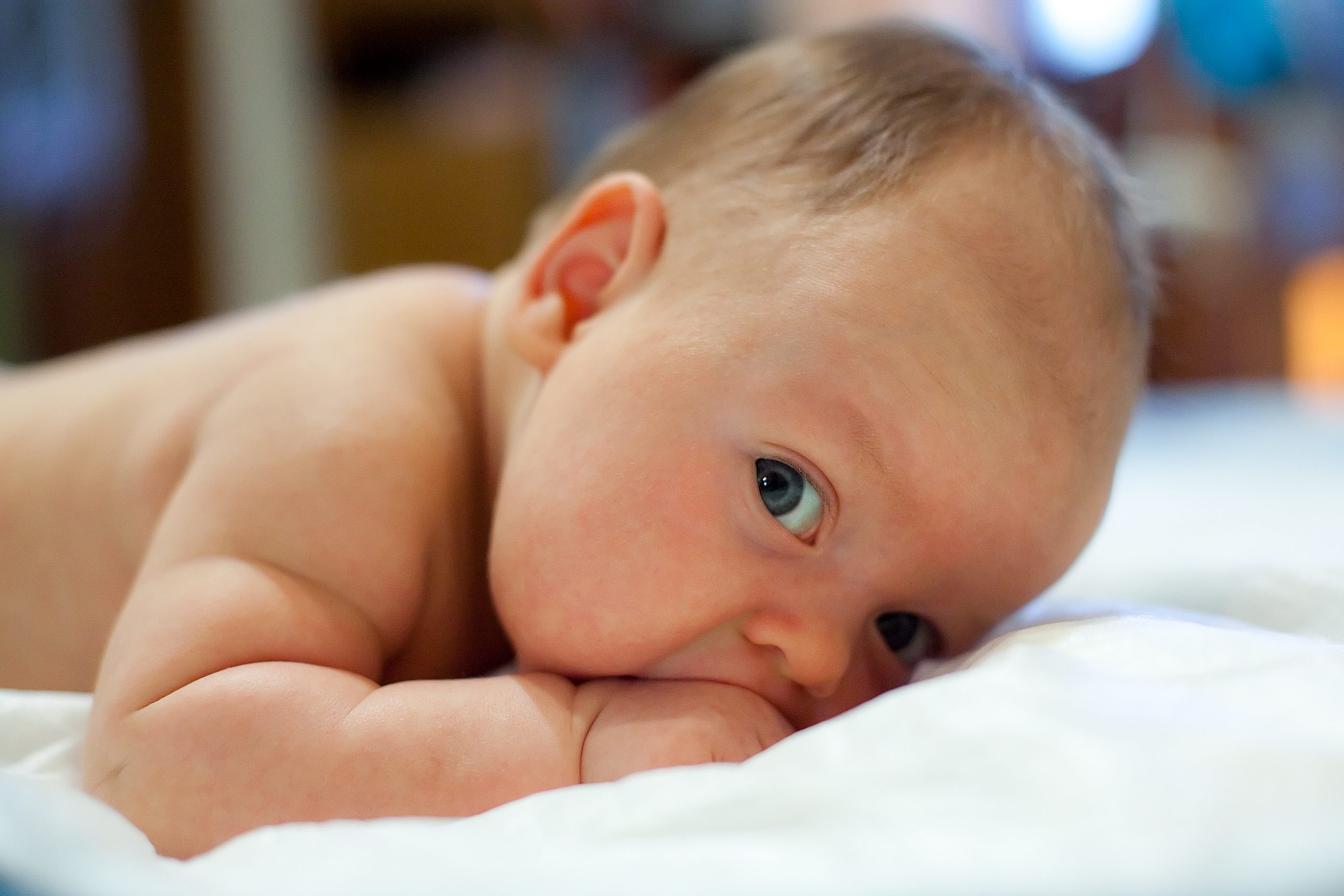Many women who want to become mothers do not always have high quality embryos with high potential to adhere to the uterus. This situation negatively affects pregnancy with insufficient number of molecular handles and low embryo quality in developing embryos. Couples who could not get successful results in recurrent IVF treatment are looking for hope in the artificial womb method. In this context, pointing out that the artificial womb application increases the chance of pregnancy by attaching the embryos to the womb, Obstetrician and Gynecologist Prof. Dr. Yücel Karaman, said, “Co-culture, the practice known as artificial womb among the people, gives hope to the candidates who want to have a child. Artificial womb treatment is applied in recurrent IVF failures and in expectant mothers over the age of 40.”
With the development of technology, advancing treatment methods become a source of hope for families who want to have a child. In this context, Endometrial Surgery is applied to couples whose embryos show slow or poor development. Underlining that the co-culture treatment has achieved a great deal of success, Prof. Dr. Yücel Karaman said, “Endometrial In co -culture treatment, a tissue sample is taken from the uterus on the 21st day of menstruation. This tissue is separated into cells, reproduced in the laboratory and meticulously prepared to increase the development of the embryo and its attachment to the uterus. As a result of the interaction of the endometrial cells taken from the uterus with the embryo, the chance of pregnancy increases.”
“It is a source of hope for expectant mothers”
Emphasizing that the artificial womb application increases the development of the embryo and the potential for attachment to the uterus in IVF treatment, Prof. Dr. Yücel Karaman said, “In this method, which is one of the advanced techniques used in IVF treatment, the uterine tissue is taken from the expectant mother in a procedure that does not require anesthesia to be reproduced in the external environment. Thus, the embryos continue to develop in a supportive culture environment created from the individual’s own uterine cells until the transfer process. The beneficial biological growth factors secreted by the culture medium of these supporting cells support the development of the embryo and the increase in its ability to handle. This method; It can be preferred in women who cannot get pregnant naturally, who have had at least two unsuccessful IVF attempts, and in couples whose embryos are developing slowly or with poor quality.”

How co-culture practiced?’
Stating that the artificial uterus, which is a kind of auxiliary nutrient medium, is applied on the 21st day of the menstrual cycle of women, Prof. Dr. Yücel Karaman said, “A small tissue sample is taken from the uterus, and the special cells that are separated from the tissue are reproduced by devices that imitate their natural environment until the egg retrieval day, which is approximately 20-30 days. Embryos, that is, artificially fertilized eggs, are placed in the area where these cells act as a pillow. While the artificial uterus creates the rich nutrient environment needed for the development of embryos, it also minimizes the damage of toxic wastes.”



